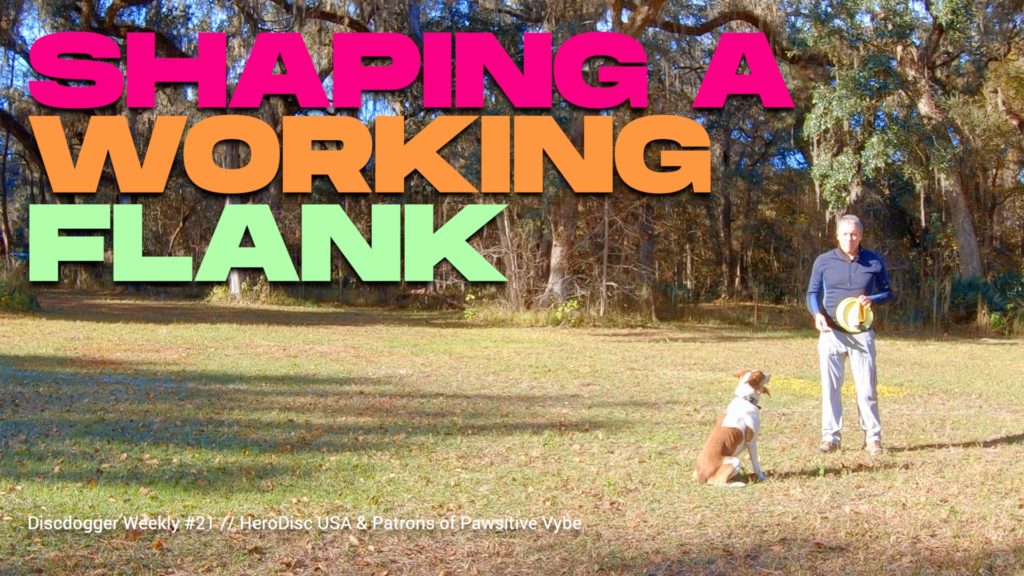
Shaping a Working Flank | Expanding the Flank
The Working Flank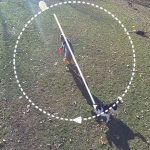 The Working Flank is a moving position. On a Working Flank the dog is out to your side some distance and holds position, moving with you as you move around the field. The... More is often thought of as a circle. It’s not. It is lateral cooperative movement. A circular working flank, or a full circle is one of many expressions of the Flank
The Working Flank is a moving position. On a Working Flank the dog is out to your side some distance and holds position, moving with you as you move around the field. The... More is often thought of as a circle. It’s not. It is lateral cooperative movement. A circular working flank, or a full circle is one of many expressions of the Flank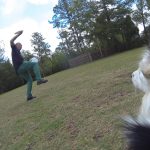 Out to the side of the handler is the Flank. If the dog is out to the handler's right or left the dog is on Flank. If the dog is moving with the... More, and it is an advanced or mature expression of the skill.
Out to the side of the handler is the Flank. If the dog is out to the handler's right or left the dog is on Flank. If the dog is moving with the... More, and it is an advanced or mature expression of the skill.
No Need to Go Full Circle
As mentioned above, a Working Flank is not necessarily a full circle or even a circular pattern. A Zig Zag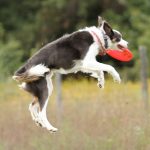 A Zig Zag is a series of catches in smooth succession that forces the dog to move back and forth across the field. Usually performed at a distance of 8-20 yards, the Zig... More, properly done, consists to two flanking throws and can be thought of alternating Working Flanks. The dog moves clock, catches and Front
A Zig Zag is a series of catches in smooth succession that forces the dog to move back and forth across the field. Usually performed at a distance of 8-20 yards, the Zig... More, properly done, consists to two flanking throws and can be thought of alternating Working Flanks. The dog moves clock, catches and Front Front is a stable position directly in front of the handler. Front is an traditional obedience skill. Usually your dog sits in this position, but standing is often acceptable as well, especially in... More Crosses and returns on the opposite Working Flank.
Front is a stable position directly in front of the handler. Front is an traditional obedience skill. Usually your dog sits in this position, but standing is often acceptable as well, especially in... More Crosses and returns on the opposite Working Flank.
When you try to pull a dog too far on the Working Flank, the dog slides in towards the handler. This leads to most disc dog handlers coming to the conclusion that the Working Flank is a “border collie thing”. It’s not, the problem is the lack of commitment to the Working Flank by the dog and a lack of reinforcement of the working flank by the handler.
Reinforce the Flank Early and Often
The dog goes where the disc happens. Thinking of reinforcing the flank rather than making your dog do a flank is helpful here.
With both King and Eppie, this 90º pattern reinforces the Working Flank and makes it more likely to happen and happen well.
By pulling the dog in for a quick 90º turn, coming in close to the handler becomes a burden lest the dog run too fast and too far and wind up out of position. So the dog drifts out away from you in anticipation of a disc happening “out there” in quick fashion. Reinforcing early like this makes it likely that the dog will run around you loose.
Reinforcing often at 90º proves that committing to the Working Flank is a good idea because the disc happens out there often and being in position to make the catch is just smart disc play.
Once the dog has committed to the Working Flank, you can then pull the dog a bit further around on that flank and the dog will be more likely to stay out there.
Just remember to reinforce the flank early and often, don’t try to move from this 90º to a full 360º around the circle, and you can always experience success on the Working Flank. If you always experience success there is no room for failure – can’t fail if you’re too busy being successful. Take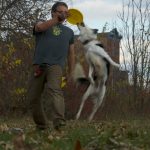 A Take is a cued Bite that replicates the placement and timing of a throw. Usually used with overs, vaults, and flips, the Take is a powerful teaching tool for creating habitual leaping... More your time and reinforce your Working Flank.
A Take is a cued Bite that replicates the placement and timing of a throw. Usually used with overs, vaults, and flips, the Take is a powerful teaching tool for creating habitual leaping... More your time and reinforce your Working Flank.
Do this and you can easily shape a solid working flank on any dog.







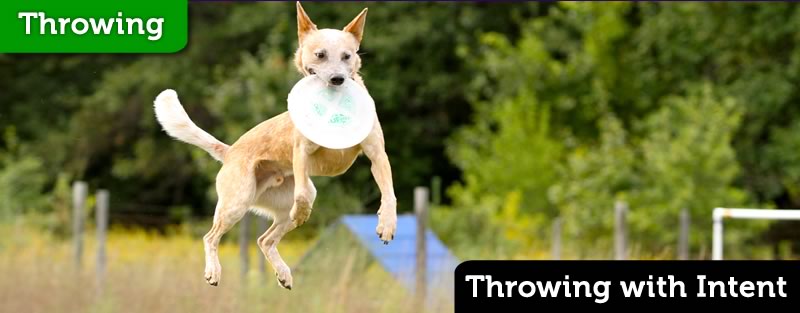

Responses